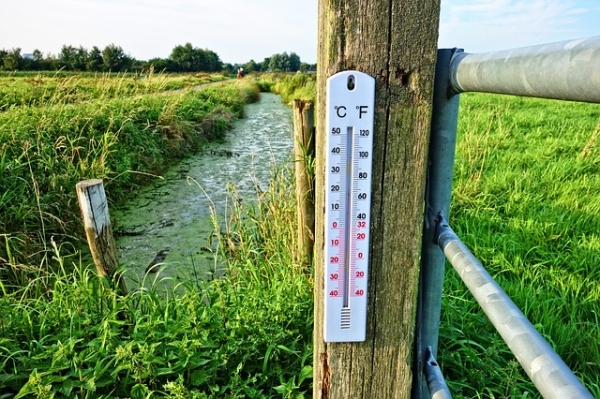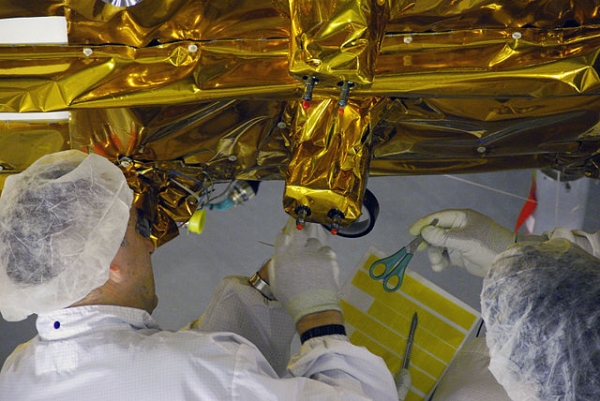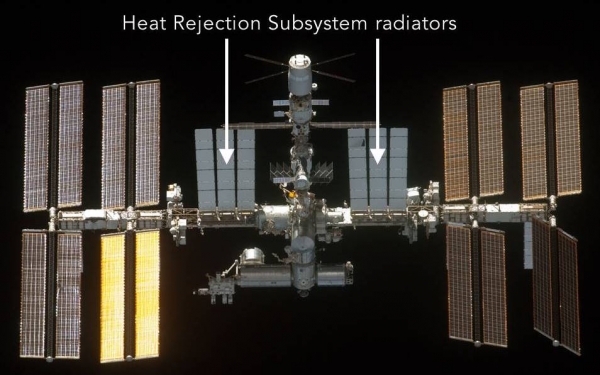Temperature on Earth and on the ISS

International Space Station in the rays of the Sun (3DSculptor, iStockphoto)

International Space Station in the rays of the Sun (3DSculptor, iStockphoto)
8.20
How does this align with my curriculum?
BC
9
Science Grade 9 (June 2016)
Big Idea: The biosphere, geosphere, hydrosphere, and atmosphere are interconnected, as matter cycles and energy flows through them.
YT
9
Science Grade 9 (British Columbia, June 2016)
Big Idea: The biosphere, geosphere, hydrosphere, and atmosphere are interconnected, as matter cycles and energy flows through them.
AB
10
Knowledge and Employability Science 10-4 (2006)
Unit B: Understanding Energy Transfer Technologies
AB
11
Knowledge and Employability Science 20-4 (2006)
Unit B: Understanding Common Energy Conversion Systems
NU
10
Knowledge and Employability Science 10-4 (2006)
Unit B: Understanding Energy Transfer Technologies
NU
11
Knowledge and Employability Science 20-4 (Alberta, 2006)
Unit B: Understanding Common Energy Conversion Systems
NT
10
Knowledge and Employability Science 10-4 (Alberta, 2006)
Unit B: Understanding Energy Transfer Technologies
NT
11
Knowledge and Employability Science 20-4 (Alberta, 2006)
Unit B: Understanding Common Energy Conversion Systems
BC
11
Earth Sciences 11 (June 2018
Big Idea: Astronomy seeks to explain the origin and interactions of Earth and its solar system.
ON
12
Earth and Space Science, Grade 12, University (SES4U)
Strand C: Planetary science (Science of the Solar System)
YT
11
Earth Sciences 11 (British Columbia, June 2018
Big Idea: Astronomy seeks to explain the origin and interactions of Earth and its solar system.
BC
12
Anatomy & Physiology 12 (June 2018)
Big Idea: Homeostasis is maintained through physiological processes.
BC
12
Anatomy & Physiology 12 (June 2018)
Big Idea: Organ systems have complex interrelationships to maintain homeostasis
YT
12
Anatomy & Physiology 12 (British Columbia, June 2018)
Big Idea: Homeostasis is maintained through physiological processes.



